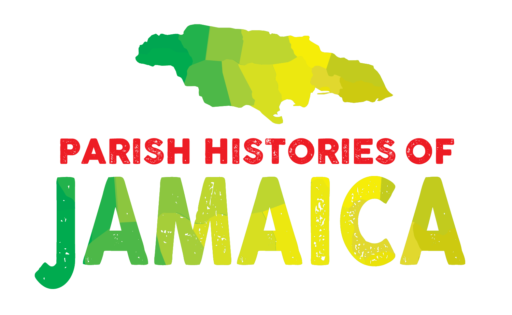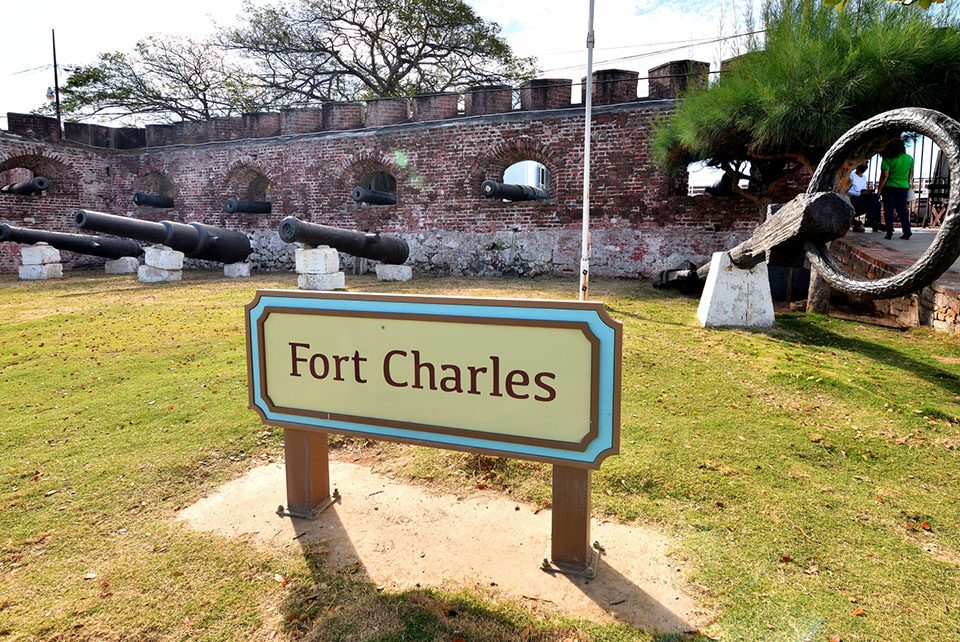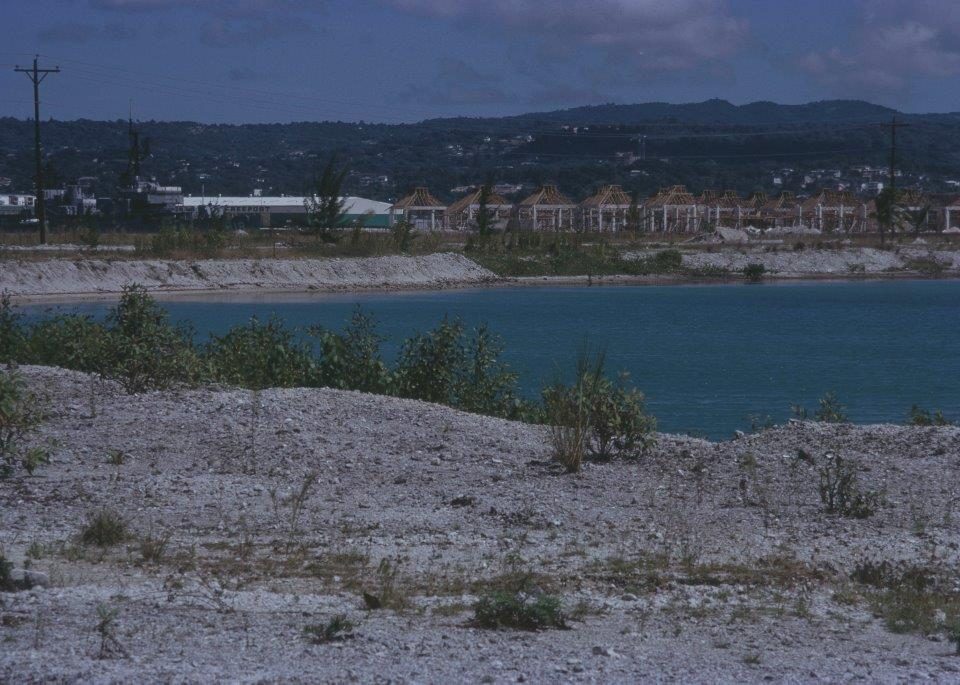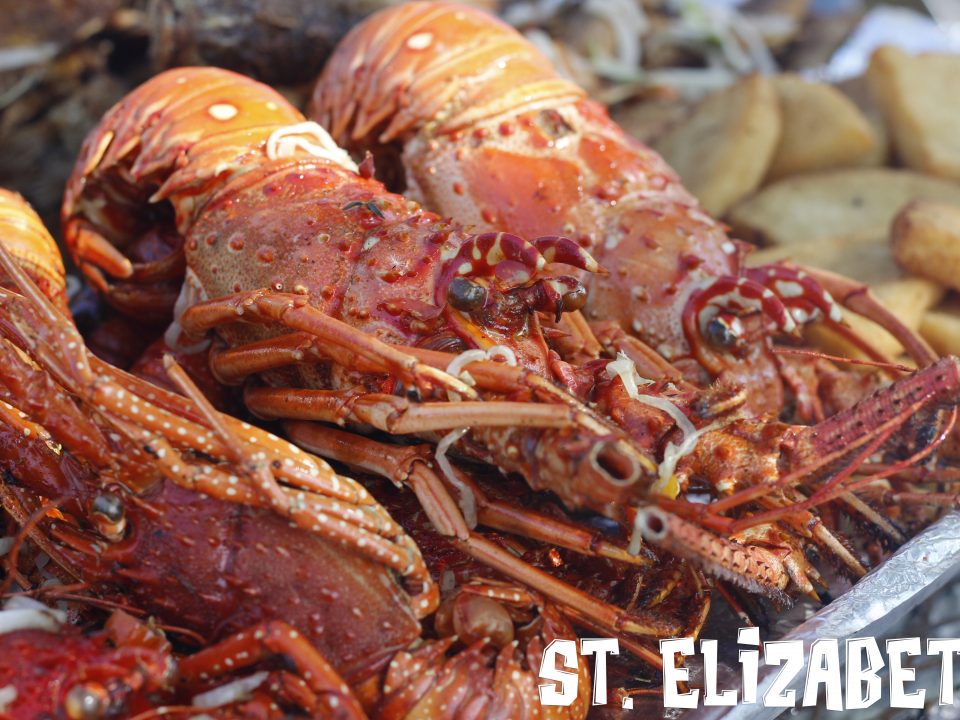Trelawny
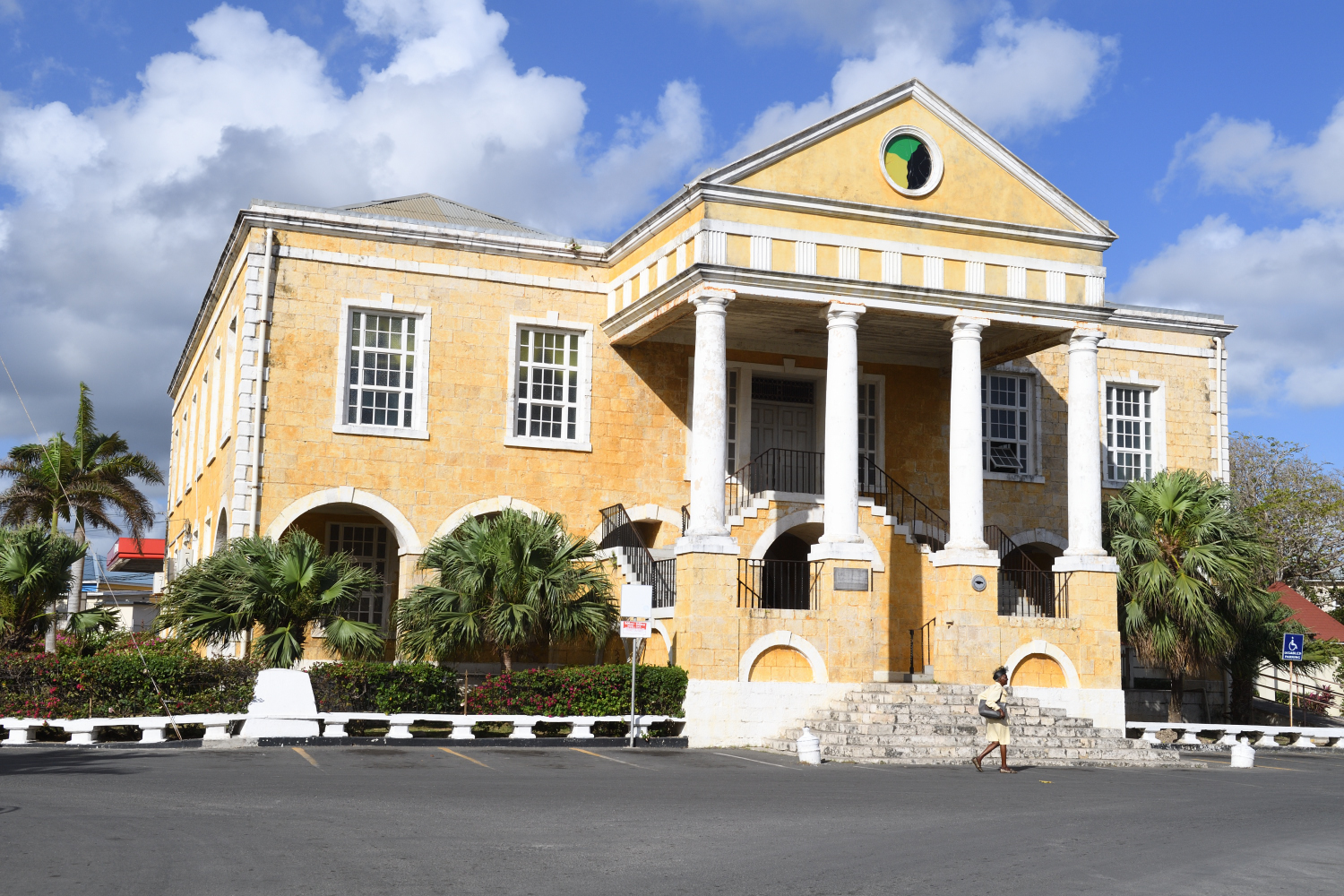
The Parish History Project: The History of Trelawny
Dr Jenny Jemmott
OVERVIEW OF TRELAWNY:
The parish of Trelawny is located in the county of Cornwall in the north western part of Jamaica and is bordered by St. Ann to the east, St James to the west and St. Elizabeth and Manchester to the south. Rich in history and heritage, Trelawny came into being in 1770 when it was carved out of the parish of St James. At the time of its creation, Trelawny was Jamaica’s twentieth named parish and was the last of four parishes which were formed in the island during the eighteenth century. The parish spans approximately 337.6 sq. miles or 874.3 sq. km. and is relatively flat with the area of highest elevation being Mount Ayr which is 3,000 ft. above sea level. Trelawny boasts many natural features including the Martha Brae River, the parish’s main river which is more than 20 miles long and wide plains such as the Queen of Spain’s Valley and Windsor.
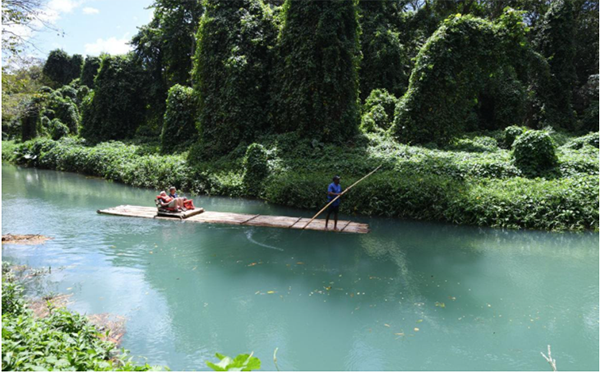
The Martha Brae River.Courtesy of Stuart Reeves
Several caves of archaeological and historical importance are to be found in the parish, especially in Pantrepant and Windsor which have been identified as areas formerly inhabited by the Tainos. Much of the famed Cockpit Country with its association with the Leeward Maroons and with its rich natural heritage of flora and fauna, including many of Jamaica’s 27 endemic birds, yellow snakes and the Giant SwallowTail butterfly is located in the southern part of the parish.
Its capital town of Falmouth, historically a busy commercial district, is as outstanding for its well preserved Georgian architecture as it is for the modern Falmouth Cruise-ship Pier.
